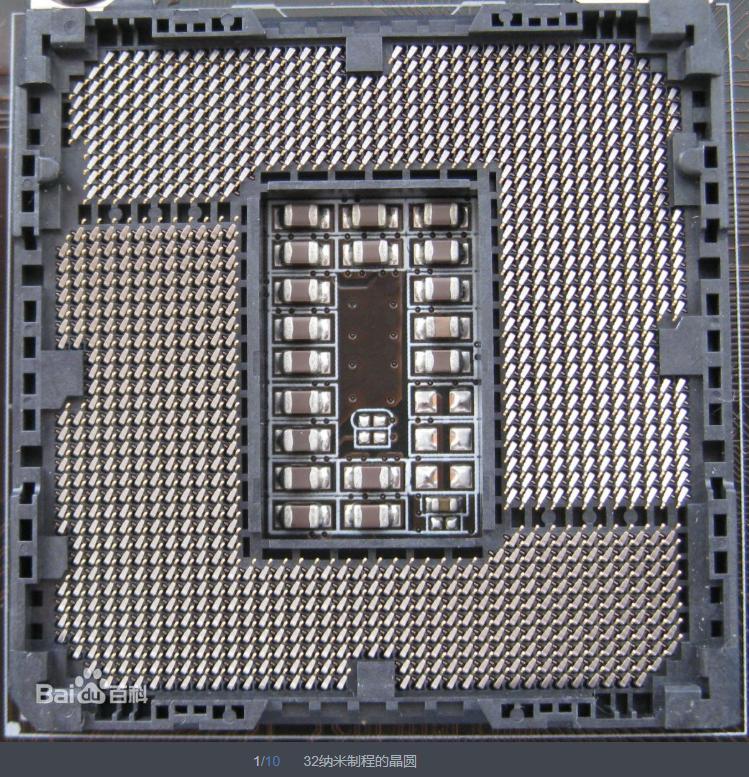In the rapidly evolving world of cryptocurrency, Bitcoin mining stands as a pillar of blockchain integrity and transaction verification. Yet, as the digital gold rush intensifies, so do concerns about the environmental footprint of mining operations. The question arises: how can miners maximize profit while minimizing ecological impact? Enter eco-friendly Bitcoin mining equipment—a transformative approach redefining mining farms, amplifying efficiency, and reducing carbon costs without sacrificing output.
Modern Bitcoin mining rigs are no longer just brute-force machines guzzling electricity. Instead, innovation drives an era where sustainable design coexists with power. From optimized chips built on cutting-edge semiconductor technology to advanced cooling systems leveraging natural airflow or liquid immersion, every element contributes to energy gains. With energy costs comprising a significant part of miner expenses, equipment that harnesses efficiency can exponentially enhance profitability.

At the heart of these advances are ASIC miners tailored to Bitcoin’s SHA-256 algorithm. Unlike versatile GPUs, Application-Specific Integrated Circuits deliver unparalleled hash rates at markedly lower wattage. Companies leading the charge invest heavily in research, producing chips that operate cooler and use power more judiciously. Not only does this cut operational expenditure, but it also mitigates the heat footprint—a critical variable in hosting mining machine facilities.
Speaking of hosting, the concept itself has evolved into a hub for sustainability. Hosting providers increasingly prioritize renewable energy sources—solar, wind, hydroelectric—to power mining farms. Strategically locating mining operations near cheap, clean energy not only reduces the carbon footprint but also stabilizes energy expenses, insulating miners from volatility and enhancing long-term gains. Furthermore, shared infrastructure models spread the environmental burden while allowing multiple miners to consolidate resources.

However, mining efficiency goes beyond hardware and energy. Smart software solutions continuously optimize hash performance, dynamically adjust power consumption, and intelligently manage workloads. Integration of real-time analytics ensures miners can adapt rapidly to network difficulty fluctuations, electricity tariff changes, and hardware wear. Automated alerts and preventive maintenance guidelines extend miner lifespan, further reducing electronic waste and downtime.
Comparing across cryptocurrencies, Bitcoin’s energy consumption is often highlighted due to its proof-of-work consensus mechanism. Other chains, like Ethereum (pre-merge) or Dogecoin, share similarities in mining but differ in network scale and equipment specifics. Despite this, the principles of eco-friendly mining transcend currencies. Ethereum miners, for instance, have benefited from improved ASIC designs, although the network’s shift to proof-of-stake reduces mining necessity altogether. Dogecoin mining remains synergistic with Litecoin through merged mining, enabling double rewards without doubling energy use—a smart efficiency tactic.
Successful miners actually balance multiple factors: hash rate efficiency, electricity cost, cooling solutions, and equipment durability. The initial procurement of energy-saving mining rigs might seem pricier upfront, but accelerated return on investment emerges through reduced operational costs and enhanced uptime. Energy rebates and tax incentives supporting green technology adoption further tilt the scales in favor of eco-compatible hardware.
The future paints an even brighter picture. Emerging trends include immersion cooling, where mining rigs are submerged in dielectric fluids, slashing energy spent on conventional air conditioning. Additionally, modular and scalable miner designs promote hardware reuse and easy upgrades, curbing e-waste. On the hosting side, data centers incorporate smart grids capable of redistributing energy loads to minimize carbon impact during peak usage periods.
From the perspective of environmental responsibility, adopting eco-friendly Bitcoin mining equipment is more than a business strategy—it represents a commitment to the sustainable evolution of the crypto ecosystem. This convergence of profitability and green technology signals to investors and regulators alike that the industry values its planetary footprint without compromising its foundational role in financial decentralization.
In conclusion, miners equipped with forward-thinking, energy-efficient rigs backed by sustainably powered hosting environments are poised to lead the next wave of digital asset production. The synergy between innovative hardware, renewable energy integration, and intelligent operations forms a blueprint for others to emulate—transforming Bitcoin mining from an energy-intensive enterprise into a beacon of sustainable innovation.
This guide masterfully blends profitability with sustainability, unveiling cutting-edge eco-friendly mining rigs and strategies—ideal for forward-thinking miners eager to innovate and reduce their carbon footprint!